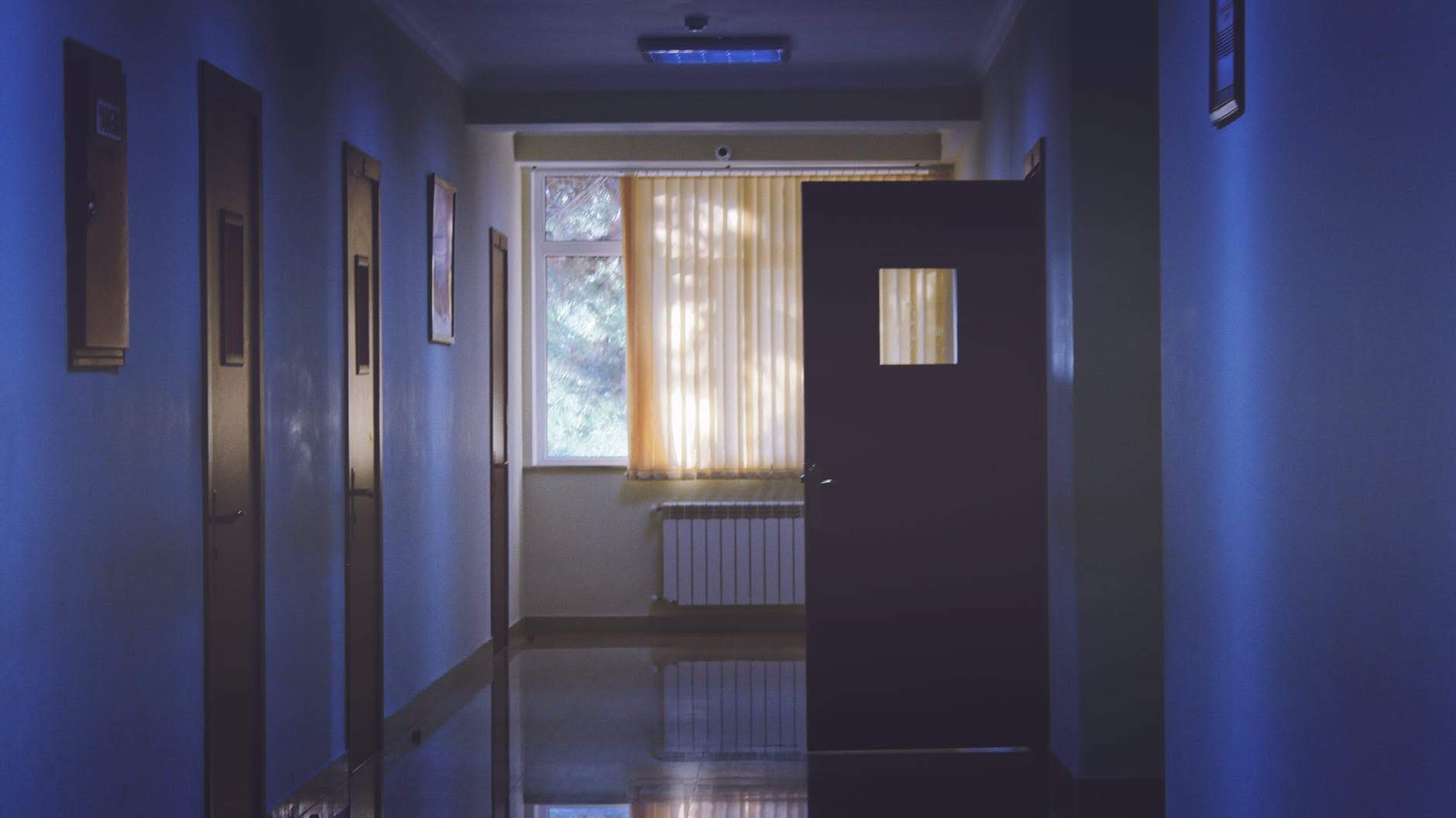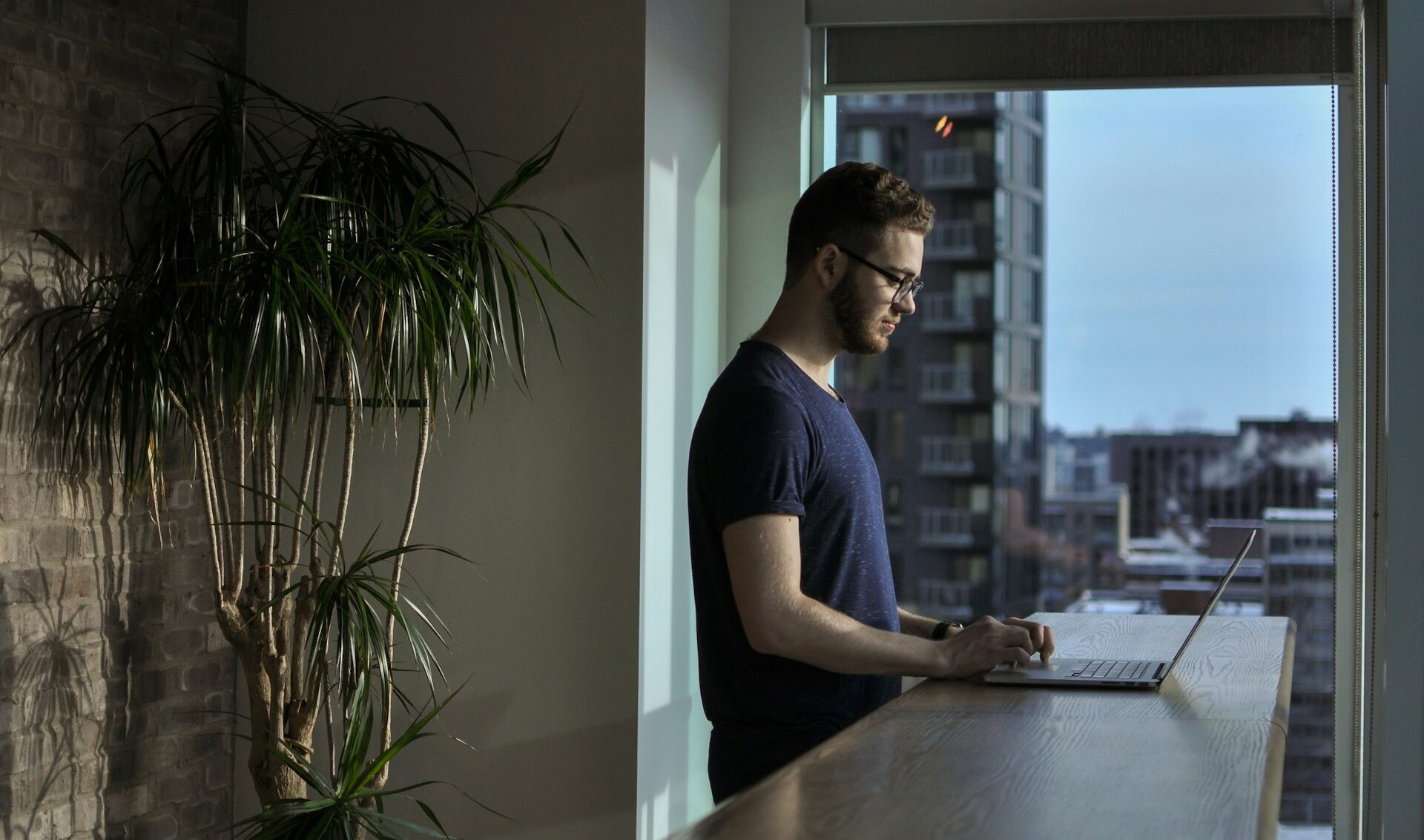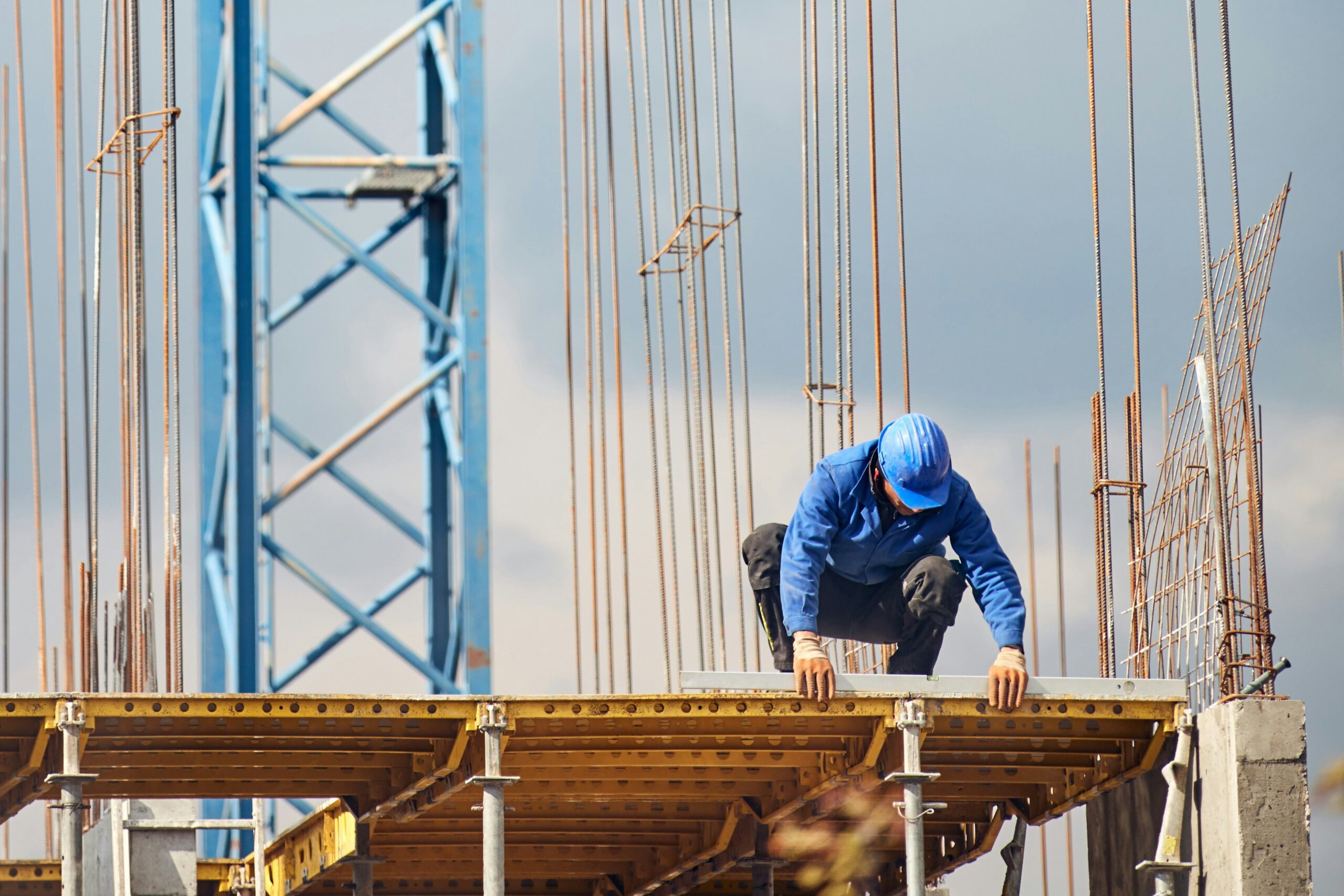Nursing Home Ordered to Install Plexiglass Barrier to Protect Workers Against COVID-19
 " alt="Nursing Home Ordered to Install Plexiglass Barrier to Protect Workers Against COVID-19">
" alt="Nursing Home Ordered to Install Plexiglass Barrier to Protect Workers Against COVID-19">
Written on behalf of Peter McSherry
In a recent Labour Relations Board decision, the union representing workers at a long-term nursing home sought to have the employer install a plexiglass barrier at the nursing station to protect against the spread of COVID-19.
Union Asks for Plexiglass Barriers During COVID-19 Pandemic
The union represents workers at a long-term nursing home in Brighton, Ontario. The nursing home has approximately 49 beds, 41 residents and 59 employees.
A COVID-19 outbreak was declared after a resident tested positive for COVID-19 on May 4, 2020. In early May 2020, one of the nurses expressed concern in an email to the administrator of the home that the nurse’s station presented a hazard to workers of possible exposure to COVID-19 from residents who were not adhering to physical distancing practices and were either not wearing masks or not wearing masks properly when interacting with staff at the nurse’s station. She asked the employer to install a plexiglass barrier around the nursing station to minimize workers’ potential exposure to COVID-19. There was no response to the email.
On the day the administrator received the email, she forwarded it to the head office where the director of operations replied privately to the administrator, writing:
“Lol – no. The staff are a far greater risk to the residents than the residents are to staff.”
On May 25, 2020, a housekeeper at the home, on behalf of the Joint Health and Safety Committee, submitted a written “Report of Hazardous Working Condition or Practice” to the administrator. The document recommended that the employer install a plexiglass barrier around the nurses’ station to create a physical separation between residents and workers. The administrator discussed the matter with the housekeeper and wrote on the form that she would:
“Will increase audits to monitor adherence to PPE @nurses (sic). Forwarded concern. No plexiglass. Staff are universal masking at all times. The residents are more at risk than staff.”
Subsequently, a complaint was filed with the Ministry of Labour, Training and Skill Development by the union. On June 4, 2020, an inspector for the Ministry conducted a field visit of the workplace via telephone.
After the inspector refused to make an order under s. 61(1) the Occupational Health and Safety Act (“the Act”), the union appealed to the Labour Relations Board.
Parties’ Arguments
The union submitted that the residents could not maintain physical distancing or masking and an outbreak of COVID-19 had occurred. It argued that staff could be infected directly from close contact with the residents, or the papers and equipment they use in performing their administrative functions could be contaminated. It therefore argued that the use of barriers was reasonable in all the circumstances having regard to the precautionary principle.
The employer submitted that it had complied with all the governmental health requirements, and as such has upheld a high standard of safety. It argued that the Act does not require, and the employer cannot provide, the impossible — an absolute guarantee of protection to staff. It submitted that the outbreak at the home involved only one resident and the home was successful in containing it.
Board Rules in Favour of Union
In its decision, the Labour Relations Board stated:
“The reality of the COVID-19 crisis is the potential spread of a dangerous virus by way of close contact from person to person, especially indoors. This is precisely why the precautionary measures to prevent the spread of the virus stress physical distancing and the use of PPE. This is precisely why the Ontario Government document dated November 3, 2020 states that there are several risk factors driving transmission of the virus but “close contact is the highest risk.”
As Ontario has experienced, the risk in long-term care homes is very significant. In this Home, the risk raised by the Union is that residents standing at the counter of the nursing station are in very close physical proximity to the staff sitting below them. The residents are unmasked, often cognitively impaired, able to reach down and touch the staff or exhale, laugh, and speak onto them or in their direction. Of course, the staff are masked and have goggles, but they are not necessarily gowned or gloved as they perform their administrative charting and other functions. There is no guarantee that the masks or goggles will be fully effective in blocking any virus. Nor, of course, is there any guarantee that the creation of a plexiglass barrier at the counter will stop the emission of virus which can go around the barrier or on top of it. The question simply is whether the installation of a plexiglass barrier is a reasonable precaution to take in these circumstances.”
Ultimately, the Board held that the installation of a plexiglass or similar barrier at the countertop of the nursing station in the nursing home was a reasonable measure for the protection of the employees so long as the threat of the spread of the COVID-19 virus was present and so ordered.
Get Help
If you are an employee concerned about the legality of workplace policies, or an employer looking to ensure you stay compliant with health and safety regulations as they relate to COVID-19, contact the offices of Guelph employment lawyer Peter McSherry. We regularly assist employees with employment and labour issues. Contact us online or by phone at 519-821-5465 to schedule a consultation.




